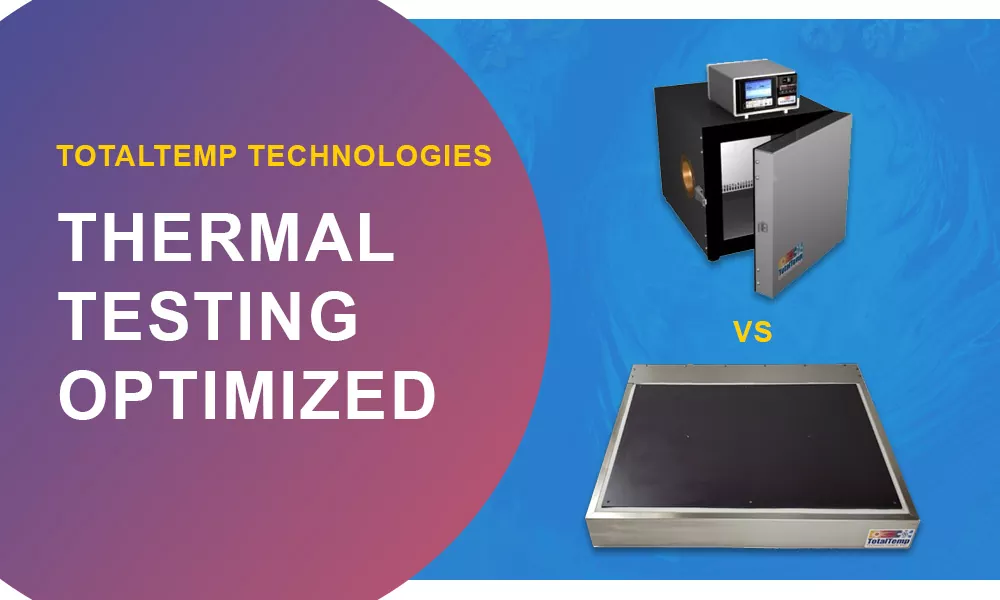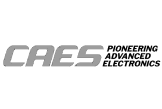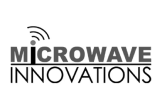Thermal Testing Optimized

It is well known that test and evaluation of production items is a very important part of producing quality products.
The consequences of a lack of quality are unfortunately well known but covering the bases with appropriate testing can be quite time-consuming and expensive and easily run into the weeds of under testing, over-testing, or testing the wrong condition. The tendency to an error on the side of safety is generally accepted but the flip side of thorough testing can be spending too much time and money testing or literally testing a product to death.
Equally important to understanding the electronic parameters and functions under various electrical conditions which need to be verified is at least a very basic understanding of thermal testing.
A high percentage of failures in electronics are ultimately due to thermal issues.
Subjects for other conversations relating to thermal failures include microscopic cracking, electromigration, the thermal runaway of parameters, or melting of materials. Many electrolytic capacitors have been shown to dry out and fail more quickly at higher temperatures, critical connections can corrode or otherwise deteriorate enough to cause failure. General expansion and contraction along with the associated moisture cycling are often at the root of many failures.
Three ways
As we learned from an engineering background, the three ways temperature can be changed are by conduction, convection, and radiation. In that order, they are generally most effective in use for the thermal tests. Without a big dive into the math and logic behind the statement, conduction is the most effective heat transfer method. Surprisingly, convection, such as in employed in a temperature chamber is far more widely used. As I understand it the main reasons for that disparity are:
1) Heat transfer by conduction requires intimate contact between the heating and cooling equipment (thermal platform) and the device. Fortunately, many device packages for microwave and other power equipment come in a package with a flat thermally conductive surface. Additionally, many other parts can readily have a machined fixture to provide the needed surface contact.
2) The acknowledgment and the ability to cope with the fact there is always some thermal gradient between the temperature driving the equipment and the furthest part from the driving point that needs to be conditioned.
3) Thinking “That is just the way it is done or one size fits all”. Truly, not all items are compatible with a thermal platform however, with a little prior planning work many parts can readily be more effectively tested on a thermal platform or in some cases even using two or more thermal platforms.
Getting the job done
Convection heat transfer can in cases rival conductive heat transfer effectiveness. High airflow is important to heat transfer just with air, just as the clamping force is important to conductive heat transfer. While good airflow is needed for heat transfer, it also comes at a cost. Air friction from high-volume blowers is a surprisingly large source of unintended heating and other losses. It is often seen that temperature chambers designed to maximize heat transfer and minimize test time produce a surprising amount of heat from air friction. For example, a high-performance chamber with strong airflow to maximize heat transfer can be seen to cause the chamber temperature to climb from ambient to over 100°C without any other heat added to the system. Of course, if you are only going that hot, the additional heat from air friction can actually be a benefit. Fighting that heating with a refrigeration compressor system definitely requires a careful recalculation of this heating contribution to achieve expected cooling results not to mention this also adds more heat to the room, eventually adding to the air conditioning load of the lab room. For many applications, a temperature chamber with mechanical refrigeration is a very good choice but before purchasing, we suggest you take time to talk to the professionals at Totaltemp and consider understanding the choices before you buy.





















